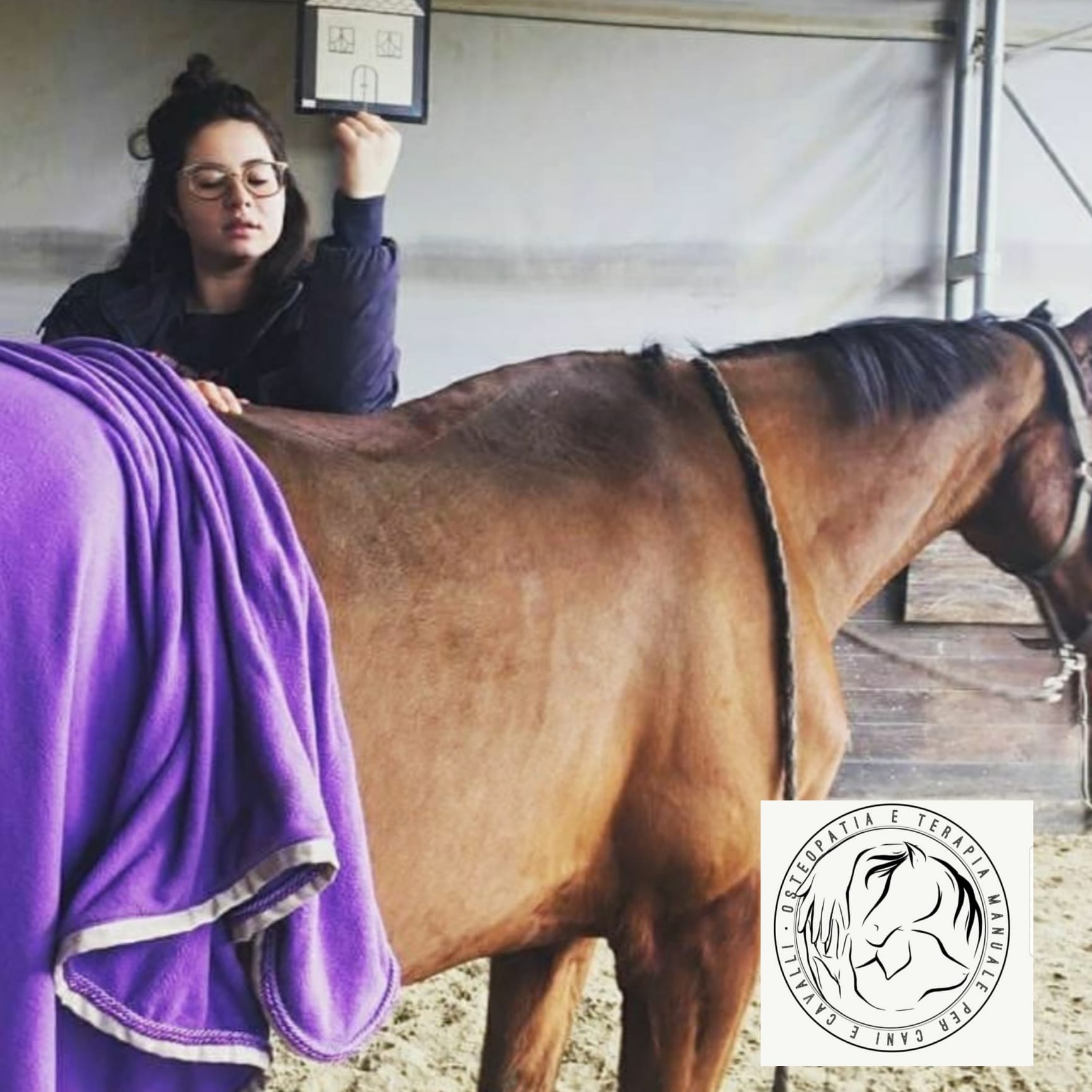OSTEOPATHY THIS UNKNOWN
13.04.21
0 Comments
Posted by
Alessia Del Pinto

Osteopathy by definition is a holistic discipline, based on an integrated and complementary approach to traditional medicine.
The term Osteopathy was coined in 1889 by A.T. Still the founding father of the discipline, and contrary to what is often thought it does not derive from the Greek '' osteon '' bones '' + pathos '' suffering '' but from the English osteo + path '' path '' and would literally say "on the path of the bone", referring to structures such as nerves and arteries, which run along the latter.
Still's fundamental idea was to create an alternative medicine, which acts on the natural mechanisms of the body, managing to restore balance in the organism.
The osteopath's goal is to identify the presence of somatic dysfunctions, which occur mainly on the musculoskeletal system with pain or reduced mobility, the osteopath through various techniques stimulates the restoration of physiological mobility at the level of the different systems that they must work in a coordinated way to ensure the proper functioning of the organism.
In the 90s the studies began to be applied to animals by French and English Osteopaths, who perfected and adapted the techniques, thus giving life to what is now called '' Animal Osteopathy ''.
The osteopath can intervene effectively in case of: muscle pain, digestive problems, stress, lameness and more generally on all pains of which the origin is not understood, and to do so he can use different techniques including and for example: techniques muscular, myofascial, visceral.
Animal Osteopathy is often erroneously defined as Veterinary Osteopathy, this definition is incorrect, and it is always useful to remember that between the osteopathic and veterinary disciplines there is a clear dividing line, and that the two professions have intrinsic differences that make them absolutely different and not superimposable between them.
For this reason, the work of the osteopath always begins after that of the veterinarian who must take care of excluding the presence of pathologies that need to be treated with medicines, so that the osteopath can take care of creating a tailor-made treatment that aims to promote the psycho-physical balance of the animal.


Leave your comment